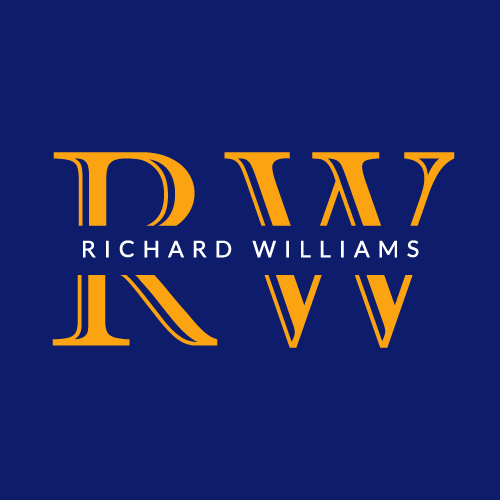SNAP Out of It
“Just look at him your Honor, he must be guilty of something.”
This was a cartoon with a person sitting in a witness chair and the prosecutor appealing to the judge. Isn’t that exactly how we treat food stamp (SNAP) recipients? They either have done something wrong to be on food stamps and/or they are surely going to do something wrong if we allow them to buy just anything!
The issue is that we don’t trust them to buy healthy food. But, as Professor Bruce Yandle notes, “Trust and trust-assuring mechanisms can be low-cost substitutes for police, regulators, and court actions.”
Nevertheless, if there is one thing that Americans of all stripes agree on it’s that SNAP benefits should be restricted as to what recipients can buy. For example, “Large bipartisan majorities favored disallowing sweetened sodas and candy,” a University of Maryland pollshowed. Of course, it’s a lot more complicated than that for SNAP participants, but USDA has all of that covered.
You are not allowed to use SNAP benefits to buy toilet paper. Do you remember the panic you felt a few years ago when there was an artificial shortage of toilet paper? Of course, even the foods they are allowed to buy are governed by arcane rules.
For example, there are Staple Foods that include fruits, vegetables, proteins, dairy and breads. But you may not include “prepared foods, heated foods or accessory foods.” Accessory foods including things like cheese puffs, churros, marshmallow, fudge, snow cones and ice pops (at least in this category).
“Heated foods, hot foods, and cold prepared foods are not considered staple foods, and are not counted when determining if a firm meets Criterion A or Criterion B to be eligible to participate in SNAP as an authorized retail food store.” For example, you may not buy cold or heated pizza, heated wings or coffee or tea. However, if a packaged sandwich is cold and is intended to be eaten at home, that’s OK.
You also may not buy beer, vitamins, soap, medicines, diapers, pet foods, paper products (like toilet paper) or cleaning supplies. You may buy a cake but "the value of non-edible decorations [must] not exceed 50% of the purchase price of the cake."
Isn’t it bad enough to be on a welfare program without the confusing limits on what you can buy?
What if, instead of all of these rules, we just trusted them to do what the recipients thought was best for them and their family. That’s one theme that comes out of a new 2022 book called Collective Illusions by Todd Rose. He talks about a group called UpTogetherthat delivers unrestricted cash to enable self-help. They also provide families with social, or online networks to share their “experiences, collaborate and help participants to achieve their goals.” He reports that the program decreased welfare subsidies, increased earned income by 23 percent, and reported improvements in health, savings and decreased debt.
In fact, he reports that “Studies have shown that trust makes us healthier, more tolerant and productive, and generally happier.”
But, of course, we are worried that SNAP participants may, if trusted, cheat and not eat healthy meals causing us to have to pay twice - the second time for their health care. But, just looking at obesity, how does USDA know what a healthy meal looks like?”
Take two of the leading diet theories to reduce obesity: 1) balance calories in and calories out from any foods; versus, 2) eat fewer highly processed carbohydrates that deposit calories in fat tissue that in turn cause you to be hungry.
Since we can monitor SNAP purchases, maybe we could trust people to buy whatever they want and, perhaps with some extra monitoring, test these two theories. Perhaps they could volunteer for the trials and, while they are in the trials, learn and share with each other.
A 2015 USDA study showed that 40 percent of people on food stamps are obese compared to 32 percent of low-income people that are not on food stamps.
If what we are doing now is not working, why not try something different?
